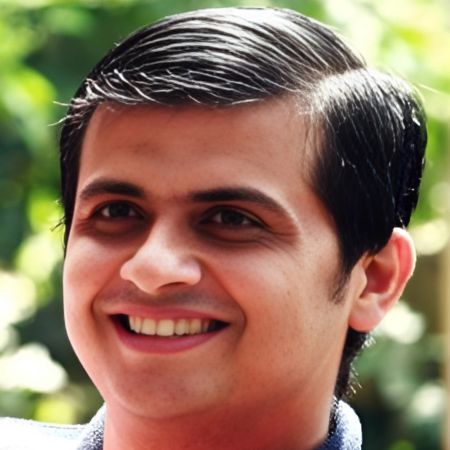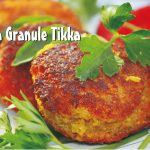“I have travelled around the world to see the rivers and mountains, and I spent a lot of money. I went to great lengths. I have seen everything. But I forgot to see just outside my house a dewdrop on a little blade of grass. A dewdrop which reflects the whole universe in its convexity” – Rabindranath Tagore
As the lady looks up from the paddy fields in a little village of Bengal, World War II airplanes crisscross the sky, slicing through clouds. The sun beats her eyes down, forcing her to look at the rice crops, and thus contemplate on the future. Could she see what would happen? Would she see that the British Government would start taking away the rice in her fields, and sending it to the Allied Troops?
Regrettably,thiswouldcausebothapriceriseandashortageofriceandwheatinthecountry.InBengalalonethisfaminewouldkillmorethan5million people.ThesceneoftheladyandthefighteraircraftisbasedonSatyajitRay’sbrilliantmovie“AshaniSanket”(DistantThunder).ThefilmitselfisderivedfromwelldocumentedfactssurroundingtheBengalfaminein1943.
The famine in India had important consequences for our nutrition choices, according to popular lore.
From then on, rice and wheat apparently became all important crops. After our independence, it is said that the government focused on rice and wheat, so that hunger would be eradicated from the country. While giving out rice and wheat via the public distribution system saved us from starvation, it also led to the sidelining of certain crops. Among these so called “orphan” crops was the magical millet.
Allow me to rephrase my lines. There is no magic in the humble millet. The Oxford Dictionary defines millet as a cereal grown in warm countries and regions with poor soils, bearing a large crop of small seeds which are mainly used to make flour.
But there is indeed more to the millet. If millets were people, even if orphaned, they would be simple, humble persons doing their job with passion. Millets are more nutrient-dense than rice, offering higher amounts of calories, protein, fibre, fat, minerals, and vitamins. They also help in better stabilising blood glucose. Compared with rice, consuming millets can reduce blood pressure and cholesterol, enhance gut health, and may help in overall health. Millets are also gluten-free and may help people with gluten sensitivity.
Like the Nobel laureate Rabindranath Tagore says in the quote about the dewdrop in the garden, India and the world seem to have come home to the millet universe in their own backyard. Recently, the World Health Organization termed “2023” as the International Year of Millet. Last year, marinated millets and crisped millet cakes were the stars at a dinner hosted by the President of the United States when a senior Indian delegation visited that country. These gestures are widely seen as acknowledgement of millet production in countries like India.
The gestures became powerfully symbolic. The orphan crop began to see a resurgence worldwide. Today, in India, millets like Ragi, Jowar and Bajra are everywhere: in groceries, restaurants, food delivery platforms and e-commerce sites. As people across the world seek a healthy, green planet, India too is embracing the superfood that is the millet. At Diabetes Health, we are not to be left far behind!
This issue’s cover story celebrates the power of the millet. Step by step, we will help you add the flavour of millets to your meal plate.
Just a hopeful thought, as I end this editorial. If Tagore and Ray were to be reading this today, surely, they would be smiling!
Disclaimer: Ragi Dosa is a personal favourite of mine!
Dr Unnikrishnan AG
Editor















